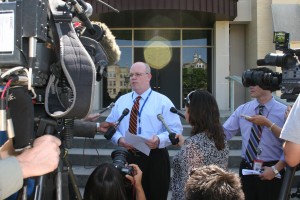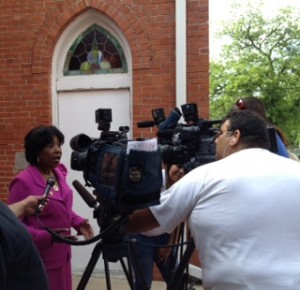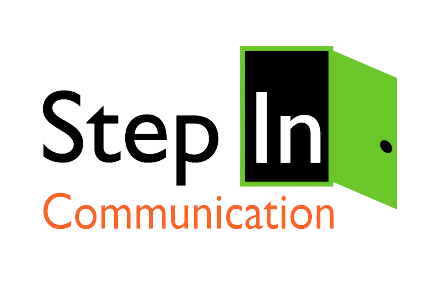
In the early days of my public relations career, it was an accepted fact that you should train the key people in your organization who may be called upon to speak to the media.
In some organizations, this “training opportunity” was geared to one or a few key executives. In larger organizations, it was often many more, drawing on the philosophy that subject matter experts should be used whenever possible.
There were three reasons to this approach:
- Rewiring the executive’s brain to think on his feet during a live television interview
- Educating them on media agenda and news flow
- Developing key messages for your executive to share during interviews
We all know that approach is a crap shoot.
Some execs are great on camera, some are terrified of it and others should be. It’s easy for any spokesperson to get off track, be distracted by the technology, or be so loaded down with facts, figures and messages that he or she loses their way in an interview.
During my years on the public relations team at SeaWorld, we minimized the liabilities of individual spokespersons with a rich and varied group from which we could draw when opportunities arose. In this case, more is better and during particularly busy times – like the birth of an animal or the opening of a new exhibit – we could offer news media more variety with more spokespersons.
This thinking was completely geared to traditional media and involved a very linear process of preparation that went something like this:
- News media calls.

Easter Press Conference with Ruth Jones McLendon on Minority Cancer Awareness Month. Photo courtesy of Write Counsel. - PR person negotiates details of date, location, time, spokesperson.
- Spokesperson is prepared.
- News media arrives.
- Interview/live shot/taping occurs.
- News media departs.
- Interview runs.
- Opportunity is evaluated.
Now that the news cycle is round-the-clock and everyone is a publisher, it’s time to change the approach and the process.
If organizational communications are to succeed in the next 10 years, every person in the organization needs to understand the “why” of the organization AND be able to communicate it. While media training will still serve an organization well when preparing for 60 Minutes or CNN, each organization has opportunities EVERY DAY in which to tell its message, online and IRL – in real life — in the community.
This means organizations need to invest in developing media literacy skills for its employees. Preparing them to respond and empowering employees to tell the organization’s story will go farther in advancing the organization’s identity than traditional media training achieves today.
Does your organization empower your employees to represent online or in real life? Tell us what strategies are working for you.
